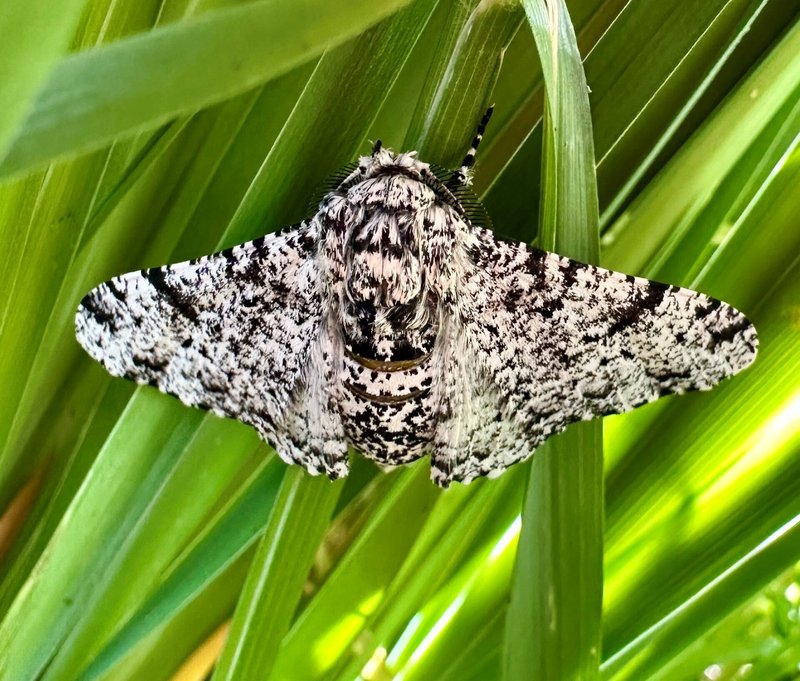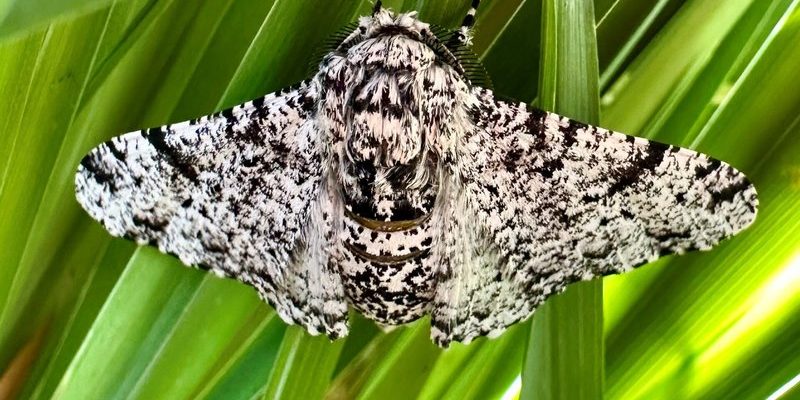
Moths belong to the order Lepidoptera, which they share with butterflies. They’re not just nighttime flyers; they have a rich life story. Unlike their colorful butterfly cousins, many moths blend in, using muted colors to hide from predators. This natural talent for camouflage is just one of the ways moths adapt to their surroundings. So, grab a cup of coffee and let’s uncover the secrets of where moths live and how they thrive there.
Natural Habitats of Moths
Moths are incredibly adaptable creatures, living in almost every ecological niche on Earth, except for the most extreme environments like the ocean or Antarctic ice. Their habitats range from dense forests to urban areas. One moment, you might spot a moth flitting around a flower in a garden, and the next, it could be resting on the bark of a tree in the woods.
In forests, moths thrive among trees and shrubs, using the foliage for cover during the day. They often choose to remain hidden under leaves or tree branches, relying on their cryptic colors to blend in. Urban areas present a different challenge. Here, moths can be found around porch lights, street lamps, and even around windows. The lights attract them because they mimic the moonlight that moths typically use for navigation. Isn’t it fascinating how they’ve adapted to urban life even with all the hustle and bustle?
Common Types of Moth Habitats
Moths have a knack for making themselves at home in diverse environments. Some common habitats include:
- Woodlands: Dense trees and underbrush provide shelter and food.
- Grasslands: Open fields offer plenty of plants for feeding and laying eggs.
- Gardens: Urban gardens create a haven for moths, with flowers rich in nectar.
- Wetlands: Areas near ponds and marshes are abundant with moisture and plant life.
Each of these habitats has its own set of challenges, but moths have specialized adaptations to help them survive. For instance, in grasslands, they often camouflage with the brown and green grasses, while in gardens, they might be drawn to brightly colored flowers, using their specialized proboscis to sip nectar.
Life Cycle and Adaptations of Moths
Like butterflies, moths undergo metamorphosis, which means they have a life cycle consisting of four stages: egg, larva (caterpillar), pupa (chrysalis or cocoon), and adult moth. This cycle is crucial for their survival. Let me explain how each stage has unique adaptations:
1. Egg Stage: Moths lay their eggs on specific plants that caterpillars will eat when they hatch. This ensures that the young have the right food source immediately available.
2. Larval Stage: Caterpillars are often camouflaged to hide from predators. Some have spines or toxins to deter would-be attackers.
3. Pupal Stage: Many moths spin cocoons for protection during the pupal stage. This adaptation helps shield them from the elements and predators while they undergo significant transformation.
4. Adult Stage: As adults, moths have developed features like sensitive antennae that can detect pheromones for attracting mates or finding food sources.
These adaptations throughout their life cycle show how well moths can adjust to their environments.
Feeding Habits and Adaptations
Moths primarily feed on nectar from flowers. Their long proboscis allows them to reach deep into blossoms to access nectar, which is crucial for their energy. Interestingly, some moths have adapted to feed exclusively on certain plants, making them vital for pollination.
However, not all moths are nectar lovers. Some species are nocturnal scavengers, feeding on organic matter or even tree sap. Their feeding habits reflect their habitats and the availability of food sources. By adapting their diets, moths can thrive in various ecosystems, ensuring their survival.
Behavioral Adaptations
Moths exhibit various behaviors to cope with their surroundings. Nighttime activity, or being “nocturnal,” is one of the most fascinating. This behavior helps them avoid predators, like birds, which are more active during the day. Moths have developed intricate ways to navigate at night, using the moonlight to keep a straight flight path.
Another behavioral adaptation is their ability to change colors based on their environment. Some moths can alter their pigmentation slightly to match their surroundings better. This skill helps them avoid detection by predators. Imagine sipping your coffee under a tree, blending in perfectly with your surroundings—moths can do just that!
Moth Conservation and Environmental Challenges
Unfortunately, moths face numerous challenges, especially from habitat loss due to urbanization and pesticides. Many species are declining, which raises concerns about the ecosystems they help maintain. Moths play a crucial role as pollinators, and their decline could disrupt the balance of various habitats.
Conservation efforts are underway to protect moth habitats and populations. Planting native flowers, reducing pesticide use, and preserving natural spaces can all help support moth populations and, by extension, the ecosystems they inhabit.
Moths might seem like simple creatures flitting around in the dark, but there’s so much more to them than meets the eye. From their diverse habitats to incredible adaptations, these little insects play vital roles in our ecosystems. Whether they’re pollinating flowers or serving as food for other wildlife, moths are truly remarkable.
Next time you spot a moth, take a moment to appreciate its journey—its life is a testament to nature’s creativity and adaptability. Let’s work together to protect these amazing creatures and the environments they call home. After all, every small action counts in making a big difference!

